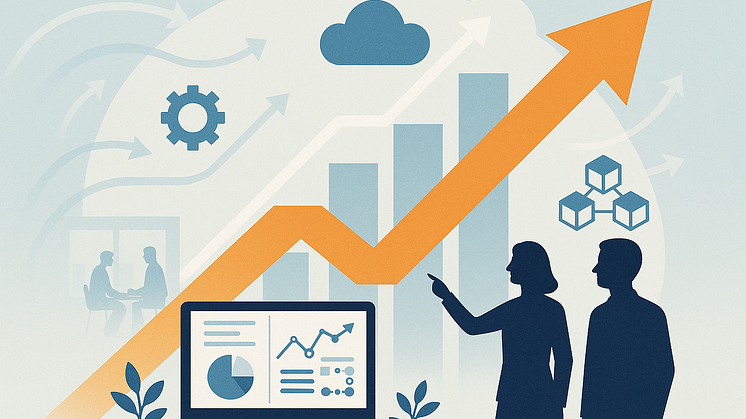
Blog post -
Preventing Your Company from Getting Lost in a Maze of IT Systems
As digitalization becomes the norm, corporate IT environments become more complexed. Over time, many businesses have accumulated a patchwork of systems – purchased, custom-built, cloud-based, and on-premise – all of which must communicate seamlessly. The has resulted in a tangled web of subsystems, integrations, manual double entries, and uncertainty about which data can be trusted.
“We frequently encounter companies that have lost control over their data flows. This impacts not only efficiency but also employee morale and decision-making,” says Stefan Jörkander, integration expert and CEO of Connect Companies.
Integration – the Key to Control and Competitiveness
Having the right data in the right system at the right time is no longer a competitive advantage – it’s a basic business requirement. With robust integrations between business-critical systems, companies can reduce errors, eliminate duplicate work, and free up time for employees to focus on business growth.
Modern integration tools – such as Blue Integrator or Microsoft Logic Apps – act as engines in the background, ensuring smooth information flow across systems, whether related to finance, inventory, customer data, or production. They enable a scalable, reliable structure where new integrations can easily be added without disrupting the existing architecture.
“Instead of building time-consuming and costly one-to-one connections between each system, companies can create a central platform to handle communication. This offers both control and flexibility,” explains Stefan Jörkander.
When Systems Dictate the Workday
A common issue is that employees have to enter the same information into multiple systems. It’s monotonous, time-consuming, and prone to errors. This often results in separate departments working with different versions of what should be the same data, leading to frustration and, in the worst case, poor decisions.
Automating data flows and ensuring real-time updates simplifies daily work. This is not just a technical improvement – it’s about creating a positive work environment where people can focus on what truly matters.
Enhanced Security and Smarter Decisions
Data integrity and security are also critical. The right integration platform ensures secure data transfers – encrypted, traceable, and validated – reducing the risk of incorrect data or unauthorized access to sensitive information.
A flexible integration solution also unlocks new business opportunities. New partners or customers can be connected quickly, without the delays of lengthy EDI projects. This makes the company more agile in a world where business conditions can change overnight.
From IT Jungle to Unified Infrastructure
Building a stable and future-proofed IT environment isn’t about replacing every system – it’s about making systems work together intelligently. With the right tools and a clear strategy, businesses can avoid getting stuck in a web of IT solutions and can instead focus on growing, evolving, and facing new challenges.
“Integration is ultimately about simplifying complexity. When done right, it’s seamless – but the results are often very noticeable,” concludes Stefan Jörkander.








